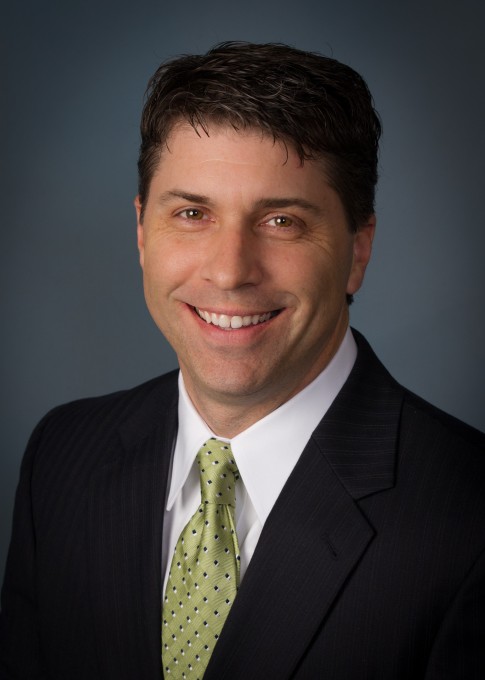As a Mentor and Basic Trainer for Patterson I am always asked about soft tissue management options when preparing a tooth for a Cerec restoration. A great digital impression and successful final bond is dependent on isolation and a dry field. When this becomes a challenge, what are some options available to manage soft tissue complications for the best restorative results?
Unfortunately, most of what we face day to day in dentistry is sub- gingival clinically. Large older restorations, fractures, and recurrent decay often take us millimeters below the soft tissue. Gingival retraction cord and a hemostatic agent will work in some of these situations, but over the past few years we have been exposed to many different options that work well to control the bleeding associated with sub-gingival restorative dentistry. 3M’s new Retraction Paste is becoming very popular. Much like Expasyl by Kerr, Retraction Paste by 3M is a firm gel/paste material placed in the sulcus for both tissue retraction and hemostasis. It is easy to place with a very narrow tip that allows for direct access to the sulcus. Retraction Paste rinses cleanly away with water and leaves no large clots or residual gel. But what do we do when simple traditional methods no longer keep the bleeding under control?

Lasers have replaced electro-surgical units in many cases where traditionally electro-surgery was the preferred choice. Collateral damage with an electrosurgical unit can be seen as far as 10-12 mm away from an electrosurgical site. Because of this, diode lasers have become a favorite of many past electro-surgery users. The ability to control the wattage of a laser allows for much less local damage (as little as 2mm) which makes them a much better option in any quadrant where an implant is present. Lasers can sometimes leave small tissue tags but control bleeding well AND clean up inflammed tissue associated with large sub-gingival restorations. At between $3300 and $6000, diode laser costs can be prohibitive to some practices.
One of the best alternatives I have found to all of these is a soft tissue bur made by Axis Dental. Designed to work in a high speed handpiece with no water, these burs will trim soft tissue and cauterize. They are made of a ceramic material and come in two shapes, beveled and flame. When used in the sulcus they can recontour hyperplastic tissue or be used to control interproximal bleeding. Because these burs are ceramic, they can be used directly in the sulcus without the worry of damage to your finish line. The cost of these burs can seem slightly high at $80.00 per bur, but a value when compared to the cost of a laser.
Soft tissue management options are definitely a matter of personal preference for most dentists. The options listed above can help control sub-gingival bleeding for a better digital impression and final bond success when facing the restorative challenges most of us encounter daily in our offices. Attached are more information from the manufacturers on these options.

 Dave Juliani
Dave Juliani 